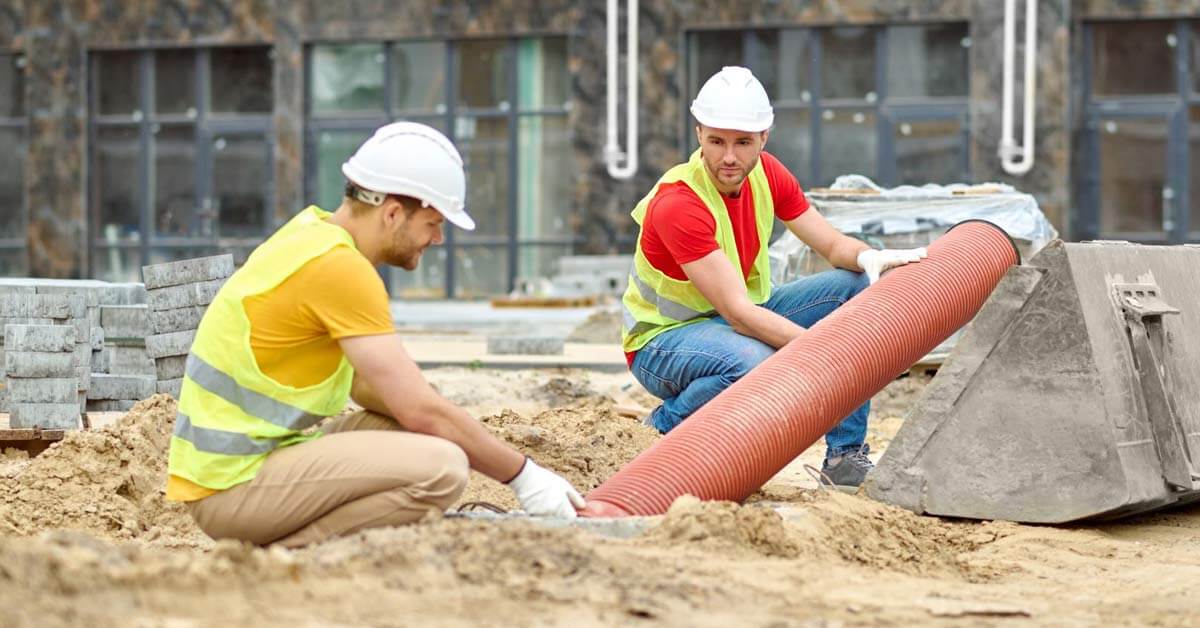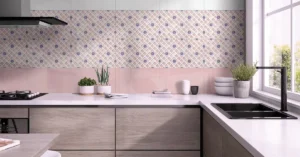When dealing with damaged or deteriorating pipes, property owners often face a choice between two main repair methods: pipe relining and traditional replacement. Each approach has its own benefits and drawbacks, depending on the pipe’s condition, location, and repair budget. Understanding the differences between these two methods can help you determine the best solution for your needs.
Pipe Relining: An Overview
Pipe relining is a modern repair technique that restores damaged pipes without the need for extensive digging. This method involves inserting a resin-coated liner into the existing pipe, which is then cured in place, creating a new, durable layer inside the damaged pipe. Essentially, it forms a “pipe within a pipe,” addressing issues like cracks, leaks, and root intrusion while keeping the original pipe structure intact.
Benefits of Pipe Relining
- Minimal Disruption: Because pipe relining requires no excavation, it is much less disruptive than traditional replacement. This is ideal for properties where pipes run under landscaping, driveways, or indoor spaces, avoiding costly repairs to these surfaces.
- Cost-Effective: Although it may have a slightly higher upfront cost, pipe relining can be more economical in the long run by avoiding the expense of extensive excavation and surface restoration.
- Quick Process: Relining is usually faster than replacement, with some repairs completed in as little as a day. This minimizes the impact on daily activities and reduces downtime.
- Durability: The cured liner is strong, often adding 50 years or more to the pipe’s lifespan. This durability is comparable to traditional pipe materials and can even improve the flow within the pipe due to the smoother interior surface.
Limitations of Pipe Relining
- Not Suitable for Collapsed Pipes: Pipe relining is effective for pipes with cracks or minor damage, but it cannot repair pipes that have completely collapsed.
- Higher Initial Cost: While it can be cost-effective overall, pipe relining may come with a higher initial investment than some replacement options.
Traditional Replacement: An Overview
Traditional pipe replacement involves excavating the ground to remove and replace the damaged pipe with a new one. This is a common choice for pipes that are severely damaged or collapsed, as well as for systems with widespread structural issues.
Benefits of Traditional Replacement
- Comprehensive Solution: Replacement is often the only viable option for pipes with extensive damage or complete collapse. This method provides a fully new pipe, ensuring no residual issues from the old system.
- Long-Term Reliability: Traditional replacement often uses durable materials such as PVC or metal, which can last many decades. This solution can restore the system to a fully functional state without relying on the old pipe structure.
Limitations of Traditional Replacement
- High Disruption and Cost: Replacement requires excavation, which can damage landscaping, driveways, or flooring, leading to additional repair costs. The disruption can be considerable, especially in areas with extensive pipe networks.
- Longer Repair Time: Traditional replacement is generally more time-consuming due to the need for excavation and installation. This may lead to extended downtime, especially in commercial properties or high-traffic areas.
Which Is Right for You?
Choosing between pipe relining and traditional replacement depends on several factors, including the condition of the pipe, location, budget, and the level of disruption you can tolerate.
- For Minor to Moderate Damage: If the pipe is generally intact but has cracks, leaks, or root intrusion, pipe relining is likely the better option. It is faster, less disruptive, and provides a durable solution without the need for extensive digging.
- For Severe or Widespread Damage: If the pipe has collapsed, is severely corroded, or shows significant structural issues, traditional replacement may be the only viable option. Replacement ensures a fully restored system, albeit with more disruption and expense.
- For Pipes in Hard-to-Reach Areas: Pipes located beneath buildings, driveways, or landscaped areas may be better suited for relining, which avoids costly and time-consuming excavation.
Conclusion
Both pipe relining and traditional replacement have distinct advantages and limitations, making them suited to different situations. Pipe relining is ideal for minimal disruption and fast, effective repairs for moderately damaged pipes, while traditional replacement provides a comprehensive solution for severely compromised systems. By assessing the extent of the damage and considering factors like budget, time, and disruption, you can choose the repair method that best meets your needs.
ⓘ As part of our ongoing support for startups and SMEs, LAFFAZ Media publishes feature and resource articles that may include references and links to external websites. These inclusions are selected at our editorial discretion to provide valuable information to our readers. LAFFAZ Media does not control, endorse, or assume responsibility for the content or practices of external websites. For more details, please refer to our Terms and Conditions.





